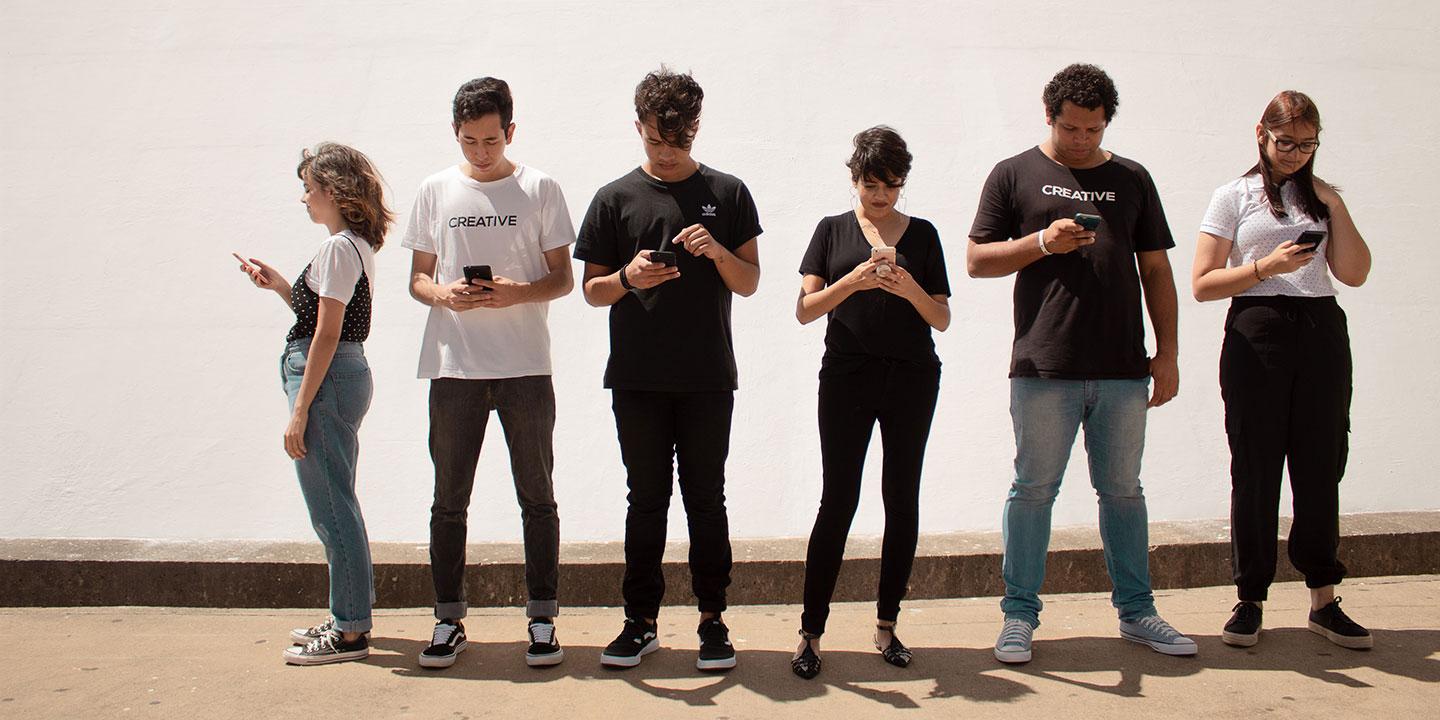Tracking mobile media consumption

Who consumes what media? A research project devotes itself to this classic media research question with a new methodology.
"This page uses cookies." That's what we constantly read when we access websites, because virtually every internet page wants to know something about us. What links do we click on, and how much time do we spend on different pages? Business is extremely interested in this tracking – in other words, the monitoring and analysis of the activities of internet users. But this data can also be valuable for scientific research.
It is precisely this use of tracking that is the subject of the NRP 77 project being conducted by the Department of Communications Science and Media Research (IKMZ) at the University of Zurich together with researchers from ETH Lausanne, the National Taiwan University and the Research Center for the Public Sphere and Society (fög) at the University of Zurich. fög regularly examines the quality of Swiss media and asks what media the public consumes. But the digital revolution means that answering this question has become a new challenge. Very few young people today subscribe to conventional newspapers; instead, they get their information primarily from a wide variety of online sources on their smartphone. According to the thinking behind the new approach, this type of usage is best recorded by means of tracking.
To track young adults across the entire range of online media, the research group is using an app. "But this type of app sold by market research companies proved to be expensive, and the quality of the data it records was not always verifiable," reports Daniel Vogler, Head of Research at fög. So the research group developed their own process. Survey participants had to install an app on their smartphone, enabling all their data traffic to be diverted via a VPN server that recorded their usage. It was a tricky undertaking. "We had to streamline the tracking as much as possible – in other words, record minimal data, in order to maintain high ethical research standards and increase confidence in the methodology. In this way, we hoped we could also involve people in the study who were sceptical about tracking," says Vogler.
In the end, around five hundred young people provided their usage data for scientific analysis. And Vogler notes that young people consume online media very differently. Some consume large amounts of media, while others consume just a little. And there is a broad range in terms of quality too. Although the commuter publication "20 Minuten" is high up on the list, the top medium for young people is a high-quality one – the news website of SRF, the state broadcaster.

Although data analysis has only just begun, the team has notched up an initial success with the development of its own tracking app. "This allowed us to make considerable savings," enthuses Vogler. "Also, we had so much more flexibility in implementing the project compared with if we had awarded a contract to an external company." But this approach involves considerably more effort and presupposes that you have skilled resources within the team to develop the app. Tracking using an in-house app is an exciting prospect for research – provided the cost-benefit analysis ultimately adds up.
